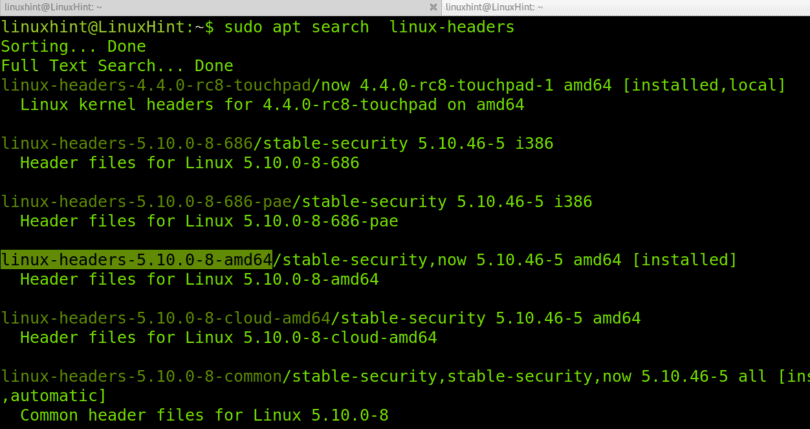
It is possible to construct a robust Linux kernel using Generation Kernel. They can be found in /usr/include or in the /include/linux directory, in particular the /mntl/libc directory. The Linux kernel header file is used to create a userspace application that runs directly on the kernel.

Backward compatibility can only be enabled by using kernel headers. The headers are both internal and external components of the kernel. Although they are packaged in the kernel, they are shipped separately (more on this later). The Linux-headers package is an open-source package that provides kernel headers for Linux. Then, unpack it and change into the resulting directory: tar xfz linux-rpi-4.9.y.tar.gz cd linux-rpi-4.9.y Now, you can install the headers: make headers_install This will install the headers into /usr/src/linux-headers-$(uname -r). First, download the kernel sourcecode from. Instead, you can install the headers by hand.

However, the Raspberry Pi uses a custom kernel, so this won’t work.

Most of the time, you can install the headers for a given kernel by running sudo apt-get install linux-headers-$(uname -r). If you want to compile software for the Raspberry Pi, you’ll need the headers.


 0 kommentar(er)
0 kommentar(er)
